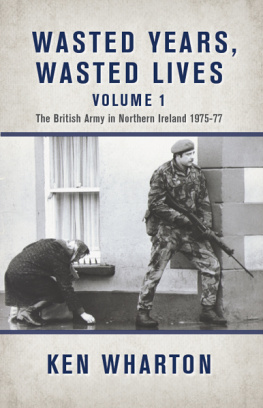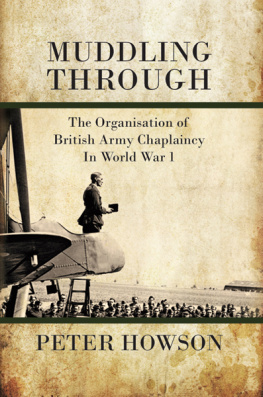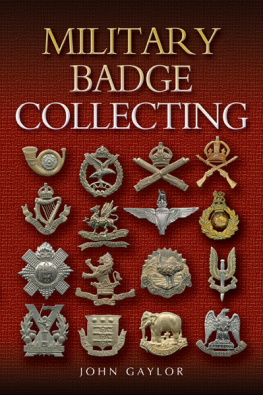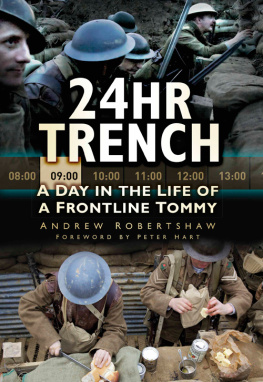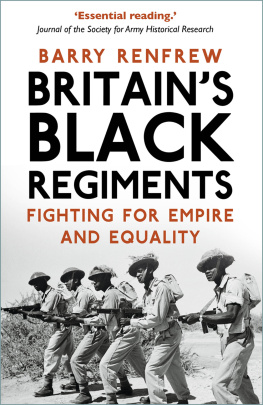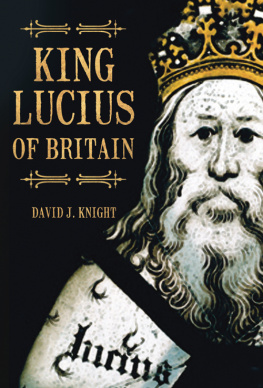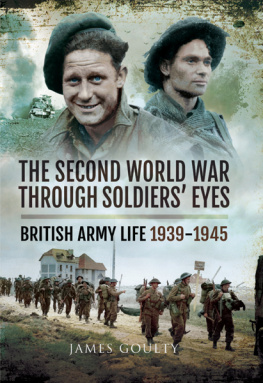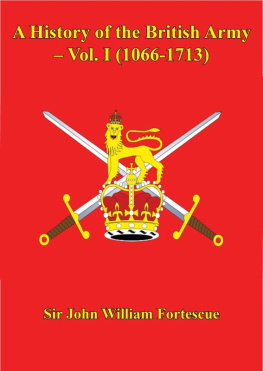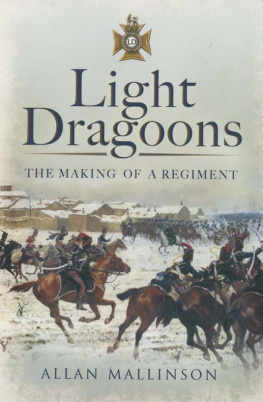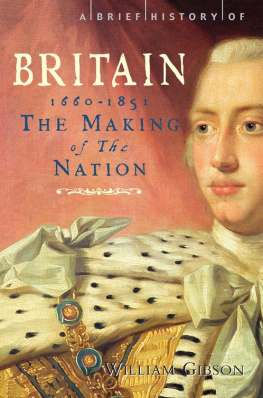BRITAINS
LOST REGIMENTS
THE ILLUSTRIOUS
BANDS OF BROTHERS
TIME HAS FORGOTTEN
TREVOR ROYLE

First published in 2014
by Aurum Press Ltd, 7477 White Lion Street, London N1 9PF
www.aurumpress.co.uk
This eBook edition first published in 2014
Copyright Trevor Royle 2014
Trevor Royle has asserted his moral right to be identified as the Author of this Work in accordance with the Copyright Designs and Patents Acr 1988.
All rights reserved
This eBook is copyright material and must not be copied, reproduced, transferred, distributed, leased, licensed or publicly performed or used in any way except as specifically permitted in writing by the publishers, as allowed under the terms and conditions under which it was purchased or as strictly permitted by applicable copyright law. Any unauthorised distribution or use of this text may be a direct infringement of the authors and publishers rights, and those responsible may be liable in law accordingly
eBook conversion by Quarto Publishing Group USA
Digital edition: 978-1-78131-453-1
Hardcover edition: 978-1-78131-188-2
Contents
Introduction
The history of the British Army is really the story of its regiments and the men who served in them. From the very beginning they formed the backbone of a singular institution which is itself a reflection of the way the people of Britain view themselves and their collective past. The story began in 1660 when Charles II returned to London to retrieve the throne his father had been forced to vacate two decades earlier. At the time military institutions were not popular people remembered only too well the years of Oliver Cromwells Commonwealth and the rule of the major generals but the new king had to be protected and the country had to be defended. Through a process of slow growth and frequent tardiness an army eventually came into being and from the outset it was based solidly on a regimental system which needed steady supplies of recruits to keep it in existence. Men joined up for many valid reasons such as a sense of duty, out of patriotism or a need for adventure, but not all motives were commendable. For every young man attracted by the chance to wear a uniform there would be many more who had broken the law or had fallen into debt or had fathered an illegitimate child. Another pressing impulse was that they had no option. In the poorest families an unemployed boy was an extra mouth to feed and in every regiment there were large numbers of young men who had been driven to escape grinding poverty by becoming soldiers. Others were simply coerced. The curious, the idle and the gullible were often pressed into service by smart recruiting sergeants who spun yarns of glory and honour and backed them up with ready supplies of alcohol. In that uncertain environment the regiment was all-important for inculcating a sense of continuity, structure and, above all, belonging.
Before too long, regiments were priding themselves on being as much a family affair as a military formation, providing their young recruits with the embodiment of home, perhaps the only home they would ever know. There was more to it, though, than a simple financial or social transaction. For all the rough and ready discipline, and for all the cheapness of the military life, there was a nobility to the soldiers calling. It might not have been popular among the wider public, and most civilians felt that the army was better kept out of sight and out of mind, but for those in uniform soldiering was an honourable profession that was open to all. From the late eighteenth century onwards infantry regiments were linked to their local communities and this was an important factor in encouraging recruitment and building up local pride. Regiments also reflected and played upon national and regional differences: solid English and Welsh county regiments consisting of tough and resilient men from the shires or the industrial towns, dashing Highlanders with their panoply of kilts and feathered bonnets and, everywhere, Irishmen serving a Crown they might not otherwise have supported. Not for nothing has it been said that the army and its regiments are the nation in uniform, for they are bound securely into the wider community, tied fast by bonds of affection, loyalty and pride that are difficult to break. Never forget, said the eminent Field Marshal Archibald, Lord Wavell, the regiment is the foundation of everything. Or, as Lord Moran, Winston Churchills physician, put it equally succinctly in his great study, The Anatomy of Courage: all military training should lead soldiers to accept the religion of the Regiment that only the Regiment matters.
In return for that love of regiment soldiers have not always been well used by the politicians, perhaps because they were always only small in number and had little influence beyond the barracks and the battlefield. With the exception of the two world wars of the twentieth century the army rarely numbered more than 250,000 and by 2020 its numbers will have fallen to 82,000 regular soldiers, a poor reward, one would have thought, for all past endeavours. Over the years, periods of warfare have always been followed by times of peace when expenditure on the armed forces dropped, soldiers were made redundant and regiments, mainly infantry, were either disbanded or amalgamated, often with painful consequences for those affected. Even in recent times some regiments were raised specifically for wartime service to meet the needs of the hour The Glider Pilot Regiment and The Reconnaissance Regiment of the Second World War come to mind while others were lost almost absent-mindedly when penny-pinching became the order of the day. However, there is a case for saying that no regiment is ever entirely lost and that it will live on in mens minds as a mystical entity. The British Army certainly makes a great deal of the golden thread which still links, say, the Middlesex Die-Hards to the modern Princess of Waless Royal Regiment, but the harsh reality is that those ties are only as strong as the men who made them. Like it or not, the old and bold soldiers are a dwindling band and once they have fallen out for the last time the regiments will be truly lost.
The key points in the story of the lost regiments are the following dates in which successive governments took momentous decisions to change the character and complexion of the armys infantry regiments:
1660: | Restoration of the Stuarts and the disbandment of Cromwells New Model Army followed by formation of the first standing army known as our guards and garrisons. |
1685: | Monmouths rebellion and the first expansion of the standing army. Infantry regiments named after their founding Colonels. |
1751: | Infantry regiments lose Colonels names in their titles and are numbered in order of precedence under Royal Warrant. |
1782: | Infantry regiments without royal titles are provided with territorial titles to aid recruiting. |
1858: | European infantry regiments of the Honourable East India Company are placed under the authority of the Crown and are renumbered in the British Army three years later. |
1873: | Reform of the infantry system by Secretary of War Edward Cardwell and the introduction of a localisation scheme to aid recruiting by linking regiments in joint depots. |
1881: | Further reform of infantry system by Secretary of War Hugh Childers to form two-battalion regiments with territorial titles and with supporting Militia battalions. |



